Being a competitive and profitable company depends much on the optimization of its websites. Meeting modern consumers’ expectations depends on reliance on improving objective factors, including user experience, interaction level, and loading speed, therefore it might be difficult. Google’s most recent algorithms mean that relevancy typically takes the stage. Several factors related to search optimization should be taken into account to enable Google to rank the website first among others. Consequently, SEO monitoring tools can enable you to quickly analyze the present SEO situation and identify the strengths and weaknesses of your website. Many businesses rely on SEO monitoring software to stay on top of their digital performance.
What is an SEO Monitoring Tool?
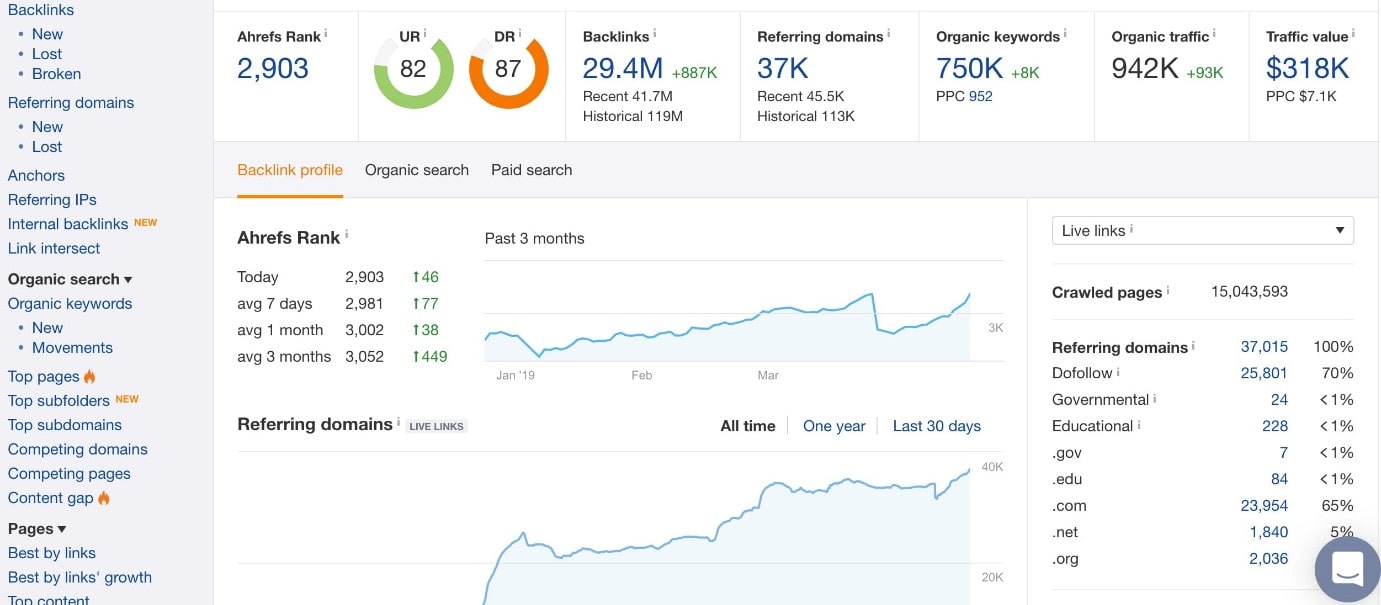
Important relevance values are analyzed using SEO monitoring tools. A reliable SEO monitor tool can make all the difference in how fast you adapt to new ranking challenges. It is a particular indicator of the conformance of the material to search queries. Their constant modifications make it tough to find all the important elements. Still, maximizing several of them will greatly affect the ranking of the website and enable it to meet most needs.
The following are the primary parameters, which social monitoring tools and SEO help to optimize:
- Website traffic: The target market starts to acknowledge the website.
- Using keywords: The automated semantic analysis guides the selection of the best keywords for your work.
- Link building: Track incoming and exiting linkages to control current alliances using links.
- Content optimization: A particular tool will assist you to quickly adopt fresh ideas for your work.
Usually, SEO monitoring tool offers deployment statistics. They provide details on the workability of objective parameters affecting the relevance of your website and the most recent optimization techniques propose ways to make them better.
Why is a Page Monitoring Tool Important?
Without a Page Monitoring Tool, sailing the huge SEO sea is like negotiating blindfolded. These tools are the lighthouses pointing websites toward the desired top page of Google across the muddy seas of search engine optimization.
Why Page Monitoring Tools are Crucial:
- Share real-time comments on your SEO situation so that approach can be changed instantly.
- Stay ahead by knowing your relative position to rivals and changing your SEO sails as necessary.
- Before they sink your ranks, automatically find broken links, sluggish loading sites, or SEO penalties.
For businesses in everything from e-commerce to blogging, these tools are non-negotiable assets. They put out great effort to make sure every page on your website searches for users and search engines run across. Continuous SEO change monitoring helps ensure your site reacts quickly to algorithm shifts. SEO monitoring tools provide the necessary actionable data for every kind of improvement—from changing a meta description to modifying a search approach to redesigning a failing website.
Furthermore, these technologies offer a plan for ongoing development rather than only monitoring using capabilities including keyword tracking, backlink analysis, and UX optimization. Anyone who is concerned about online exposure, increasing traffic and the correct traffic to your site, needs SEO monitoring tools. Accept these tools, and one smart alert at a time, see how your website rises the SEO ladder.
SEO Monitoring Tools From Plerdy

Wanna know if your website is doing OK or just surviving on vibes? Use Plerdy’s SEO tools. It’s not magic — it’s tech that actually shows what happens when people land on your website. Plerdy functions as powerful SEO monitor software that simplifies performance insights. Where they click, where they stop, why they leave.
The main tool here? The Website SEO Checker. It checks your site health, speed, structure — like a doctor but for HTML. It tells you if your title tags suck or your H1 is crying.
Another cool thing is the SERP monitor. It shows how your keywords are ranking right now — not yesterday, not last week. You see the full picture, like: am I winning or just floating?
And here’s what else you get:
- Website reports that even beginners understand
- A smart tool to spy on your competitors
- Live monitors that show changes fast
- Clear SEO fixes with no tech degree needed
If your site feels invisible, Plerdy is your wake-up call.
Plerdy SEO Checker Tool
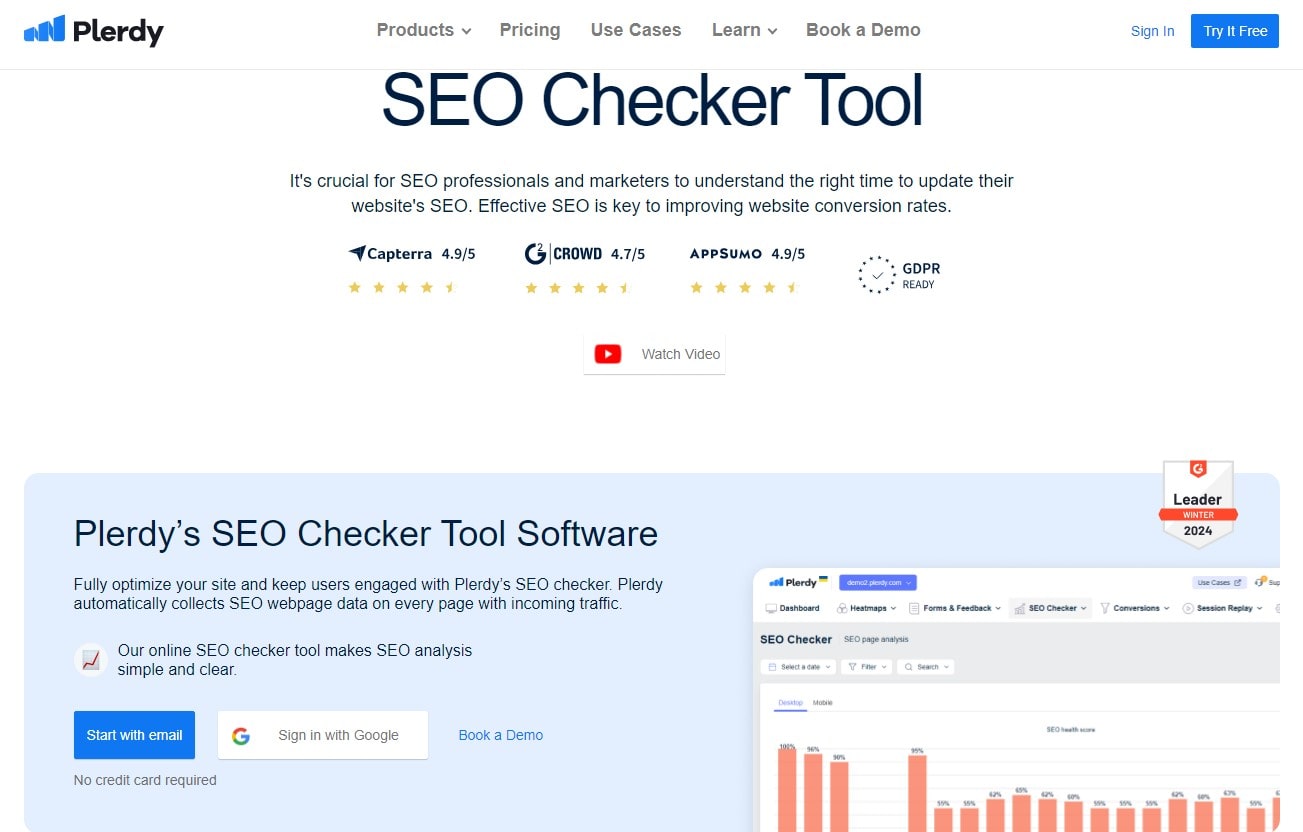
Not all SEO tools are made equal. Some just scream “error” and leave. But Plerdy’s SEO Checker actually tells you what’s wrong — and how to fix it. Like, for real.
This tool digs into your website pages and checks stuff like:
- Meta tags (too long? too boring? boom, fixed)
- Keywords (used right or just thrown in?)
- Loading speed (yeah, speed matters now more than ever)
- Broken links (no one likes dead ends)
It even monitors how your content looks for search engines. You don’t just get a list of fails — you get action tips. Like “Shorten this title” or “Add alt text to this image.” It’s like a coach yelling useful things.
Simple dashboard. Fast results. Happy SEO.
Plerdy SERP Checker
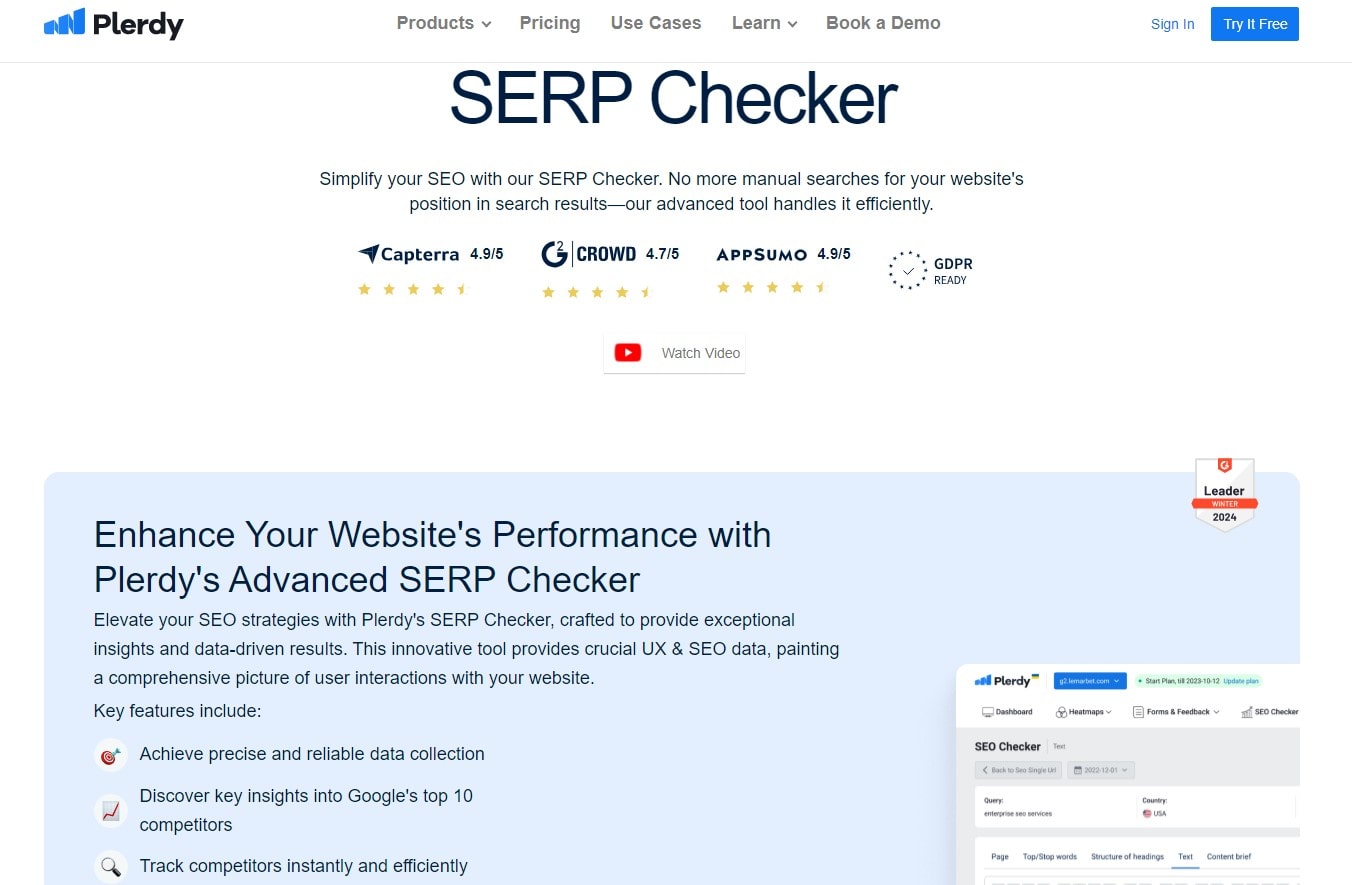
Ranking on Google? Or chilling on page 10 where no one clicks? Time to find out with Plerdy SERP Checker — your own search rank monitor that updates in real time.
This tool shows where your website ranks for each keyword — in every location, on mobile or desktop. As an SEO ranking monitor, it ensures you stay updated on every position change. No fluff. Just facts.
Features that slap:
- Instant SERP positions
- Filter by city, country, language
- Compare with top 10 competitors
- See what works and steal it (shh, legally)
It also helps you update your strategy fast. Let’s say your “best vegan coffee” keyword drops — you’ll know. A smart SEO search monitor helps you catch such drops before they impact traffic. And you’ll fix it before traffic vanishes.
With this SEO monitor, you don’t guess — you act. Faster, smarter, better.
11 Best SEO Monitoring Tools
After evaluating several SEO monitoring tools, BlackFriday Deals has rated generally the most effective. The following are the factors under consideration:
- Page authority
- Domain authority
- Alignment of a landing page
- Keyword management
- Related keyword suggestions
- Advertising/PPC metrics
- Difficulty in scoring
- Webpage crawling and backlink tracking
- Google Search Console Integration
- CPC Metrics
The best SEO tracker helps marketers assess keyword impact with precision. Using SEO monitoring tools, every mentioned criteria is regarded as necessary for optimization; so, highly sought-after web products should always follow them.
Seomator
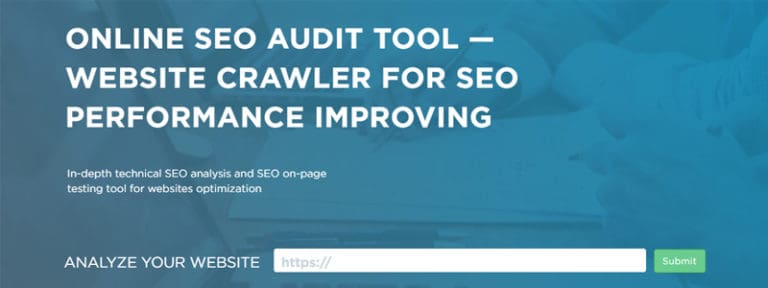
With Seomator, your best digital snorkel for revealing the great potential of your website, explore deeply the SEO ocean. This SEO monitoring tool is a powerhouse meant to give thorough insights that drive your site to the top of search engine results.
Characteristics of Seomator:
- Comprehensive Audits: Seomator painstakingly reviews your website, exactly pointing up SEO possibilities and problems.
- Real-time monitoring: Stay updated of the SEO performance of your website will help you to make quick changes on your site.
- In-depth Analysis: From backlinks to article quality, Seomator leaves no detail missed and provides insightful analysis.
- User Experience Optimization: Customized recommendations improve site navigation and user engagement, therefore optimizing the user experience.
- Competitor Comparison: Analyzing and using the tactics of top-performing websites in your field will help you to develop a competitive edge.
Seomator is a strategic partner that negotiates the complexity of search engine optimization and provides unambiguous, doable routes to raise the exposure and performance of your website; it is not only another SEO tool. Whether you run a niche blog or an e-commerce empire, Seomator customizes its features to fit your particular requirements, hence increasing traffic and ranking with unparalleled effectiveness. Many experts call it the best SEO monitoring tool for deep audits and growth.
Little Warden
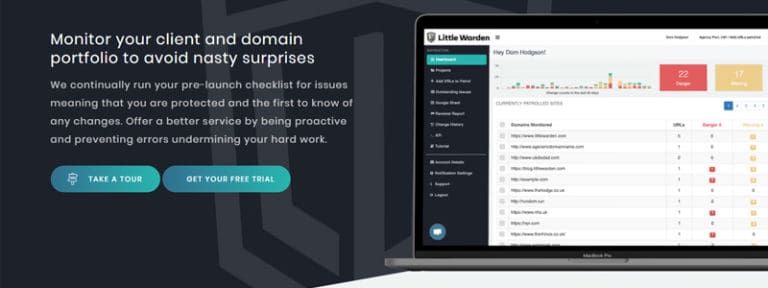
Little Warden positions the watchtower in the SEO battlefield such that the performance of your website never suffers when you are not looking. It works like an advanced SEO monitoring system that guards your domain 24/7. Your digital domain is guarded by this SEO monitoring tool, which also warns you of any SEO dangers before they become crises.
Characteristics of Little Warden:
- Domain Health Checks: Constant observation of the SSL certificates, domain expiry, and other elements of your site will help to avoid unplanned downtime.
- Content Monitoring: Monitoring important pages helps one find illegal content copying or updates.
- SEO Alerts: Alerts on SEO problems immediately affecting the ranking of your site should come first. These real-time SEO alert ranking updates help prevent visibility loss.
- Integration and documentation: Simple interface with your current system and thorough reports to direct your SEO plan.
Little Warden is a watchful guardian committed to maintaining your online integrity in the hectic field of digital marketing. Designed for companies of all kinds, from niche blogs to explosive e-commerce platforms, it guarantees that your website stays in perfect SEO condition – protected, improved, and ready to rule search results.
Bright Local
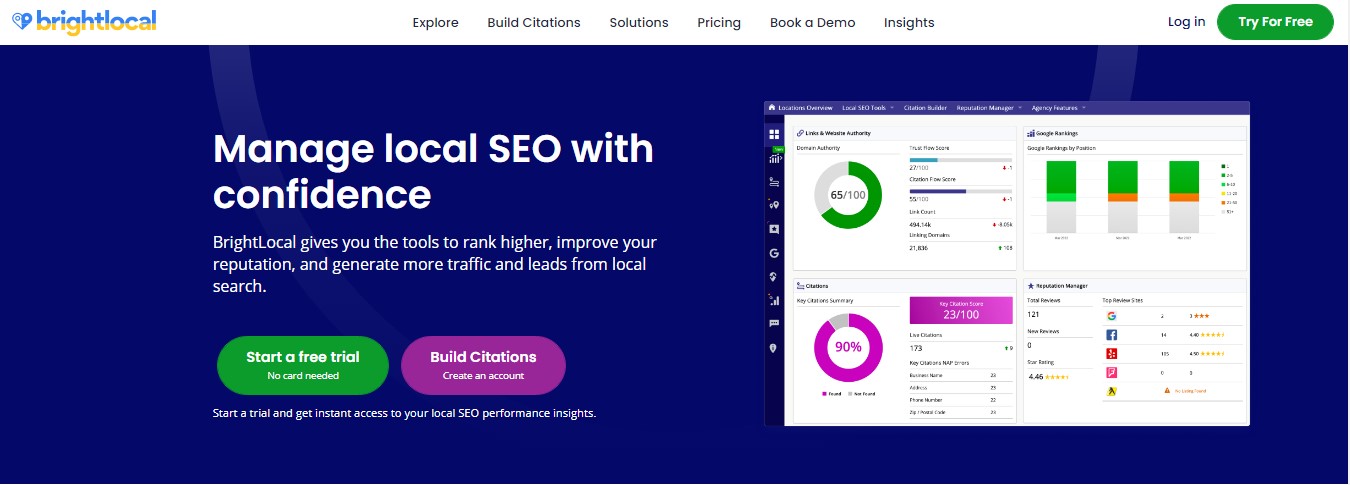
Bright Local emphasizes your efforts in SEO, therefore clarifying the path to local search supremacy. Businesses wishing to verify their web presence in local markets will find this SEO monitoring tool rather fit.
Bright Local simplifies search engine optimization with:
- Tracking the local search query ranking for your business will enable you to be always one step ahead.
- Track and control your company listings all throughout the internet for consistency and accuracy.
- Reputation Management: Simple tracking and reply to reviews will enable your company’s online profile to be stronger.
- Examining your local competitors will assist you to identify opportunities to outperform them and acquire vital knowledge of their performance.
Designed for a range of disciplines, from retail to restaurants, Bright Local offers solutions that help businesses improve their local search result visibility. It’s not only a tool; it’s a whole strategy booster that provides accuracy and clarity for your local SEO projects, therefore producing traffic and customers right at your door.
AccuRanker
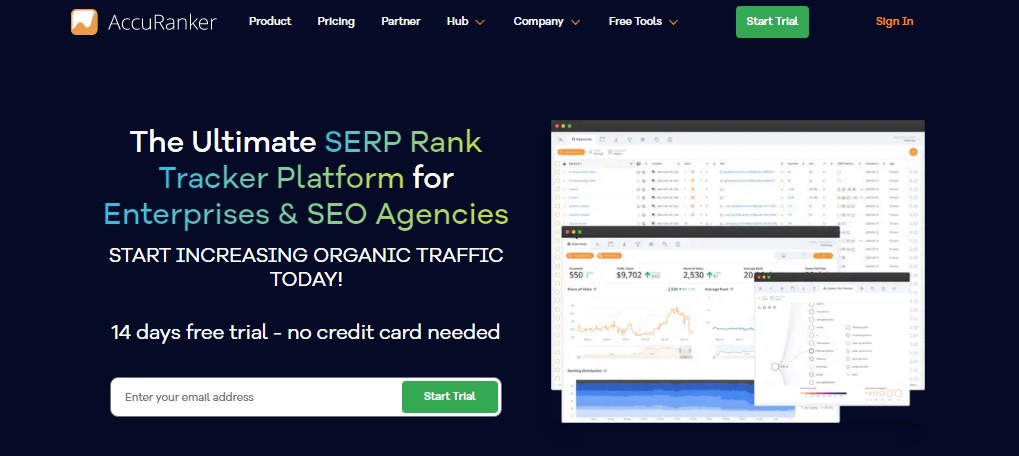
AccuRanker precisely and quickly lights the path to SEO clarity, hence defining the gold standard for SEO monitoring tools. Since this monster provides laser-like information, it is a dependable buddy for businesses wanting to manage search engine results.
Superior qualities of AccuRanker:
- Track particular keywords carefully and apply real-time modifications to keep a clear approach. As advanced ranking tracking software, it enables you to react faster than competitors.
- Review competitor analysis by looking over the digital fence and change your approach.
- Track your development utilizing past data analysis to identify trends and patterns driving upcoming SEO actions. It works as a robust SEO rankings monitor that keeps you informed daily.
- Create detailed reports analyzing challenging data into practical insights that enable you to more readily share success with stakeholders.
The lighthouse of optimization guiding websites across the mist of competition for domains ranging from e-commerce to content development is AccuRanker. It’s not only an SEO tool; it’s also a strategic ally with the tools you need to raise your online presence, thereby ensuring that your website not only displays but also soars in search engine results.
Screpy
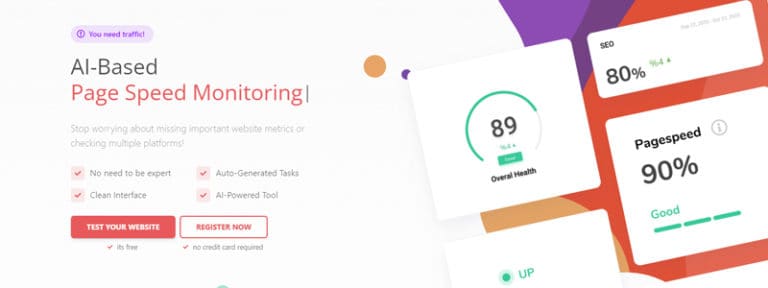
Screpy offers ways to turn data into useful insights, hence improving SEO approach to reach the stratosphere. Companies trying to maximize their online presence should always have Screpy, the all-encompassing SEO monitoring tool on hand.
Screpy’s special features:
- Using artificial intelligence, AI-powered analysis provides complete website audits highlighting usability and SEO improvements.
- Monitoring page speed tracks loading times of your website, so ensuring a speedy user experience.
- Scanning your work for errors will enable you to increase readability and SEO performance.
- Track your key phrase ranks and change your approach to keep your best performance.
- Task automation helps to simplify SEO tasks from tracking to reporting, therefore freeing time for strategic focus.
Screpy offers tailored advice for niches ranging from e-commerce to blogging to ensure your website satisfies and exceeds SEO requirements. It’s more than just a tool; it’s a digital companion guiding you throughout the complexity of search engine optimization so assuring the exceptional performance of your website.
Senuto

Senuto is your secret weapon from your SEO plan; it provides advanced tools meant to increase your internet presence. This SEO monitoring tool guides your content to the top of search engine results by creating a road across the digital wilderness.
Emphasize Senuto’s traits:
- Advanced Keyword Analysis: Explore keyword trends to find the reason behind traffic to your niche.
- Visibility Tracking: Track the visibility of your website across search engines to identify areas needing work and where you excel.
- Competitive Intelligence: Peek behind the scenes to learn how rivals fare and how you might outmanage them with competitive intelligence.
- Advice for content optimization: Get specific recommendations on how to improve your material for best SEO effect.
From keyword analysis to site ranking improvement, Senuto oversees all aspect of your SEO effort. It serves as a comprehensive monitor SEO program for long-term strategy refinement. It’s the friend you need in the complex dance of digital marketing to guarantee accurate and forceful moves.
Oncrawl
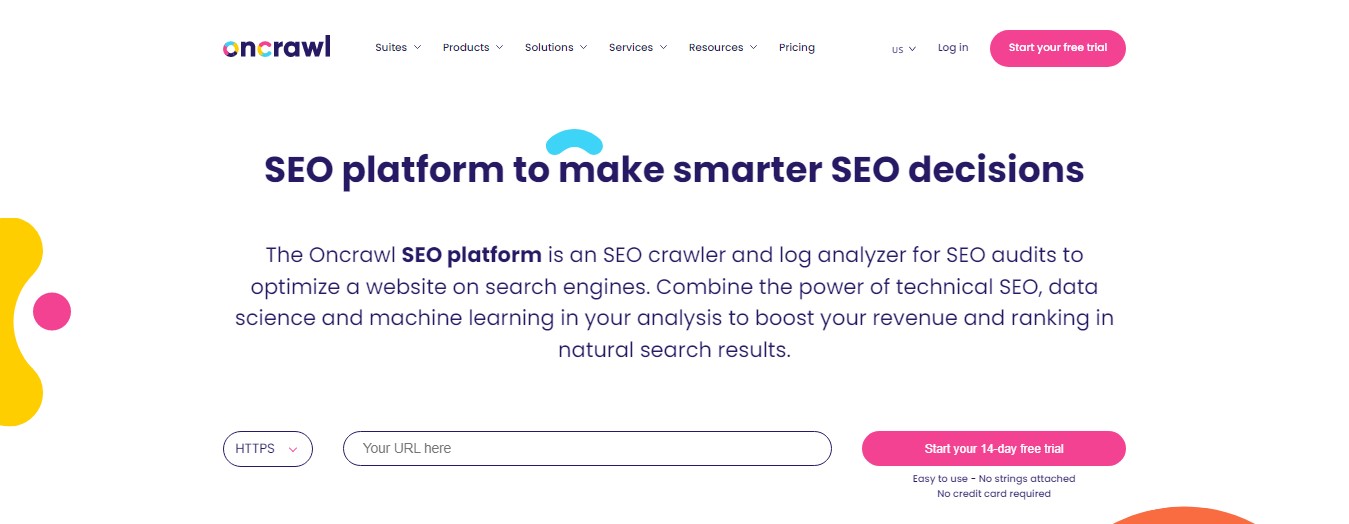
A lighthouse in the SEO wilderness, oncrawl leads websites across the complexity of search engine optimization with unheard-of accuracy. Deeply exploring the structure of your website, this strong SEO monitoring tool guarantees that every page, link, and piece of content is perfectly set for search engine success.
Important Oncrawl Characteristics:
- Comprehensive Site Audits: Find technical SEO problems compromising the functionality of your site.
- SEO Analytics: Blend information from many sources to offer a complete picture of the state of search engine optimization for your site.
- Content Quality Analysis: Review the content of your website and recommend changes to raise its ranking relevance and quality.
- Competitor Insights: Strategic knowledge on your rivals’ SEO techniques can help you to keep ahead.
Designed for a range of markets, from massive e-commerce behemoths to emerging blogs, Oncrawl provides practical insights that produce real-world outcomes. It’s a search engine optimization monitor that makes complex metrics actionable. It turns data into a strategic tool that opens the path for increased visibility, interaction, and conversion. Oncrawl is a strategic friend in your search for SEO supremacy, not only a tool.
Seobility
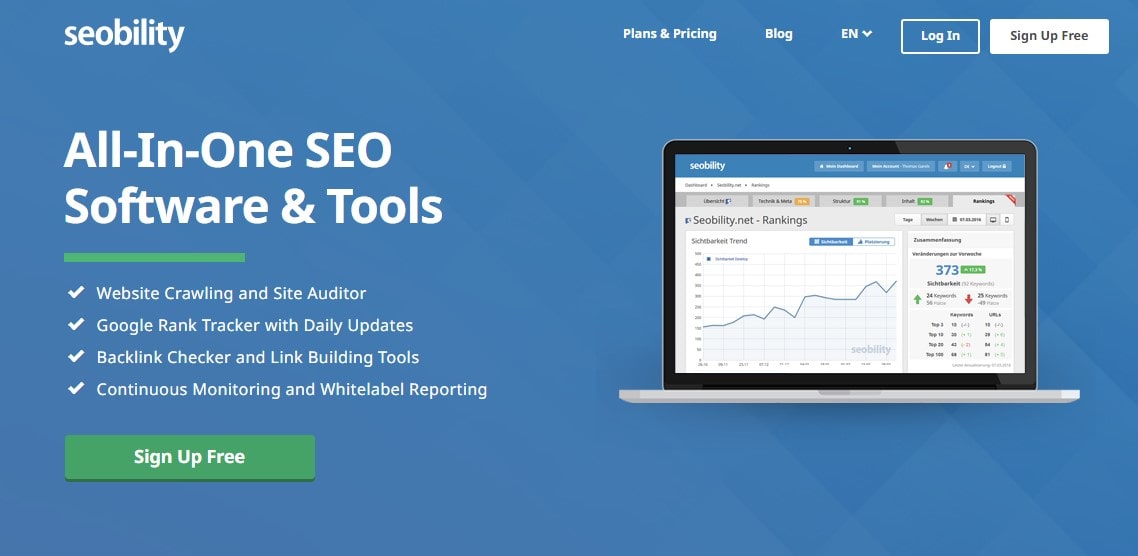
Analysis, optimization, and monitoring of your website falls to the monitoring service Seobility. It covers the three on-page optimization, ranking tracking, and backlink analysis capabilities. The monitoring tool detects technical and content mistakes as well as assesses all connected pages, therefore facilitating thorough on-page review.
One may view the results straight in the browser or using a list view. Monitoring guarantees that consumers receive information on all pertinent changes reported by email. Additional purposes include the keyword check, backlink dashboard with link-building tool, SEO check.
Woorank
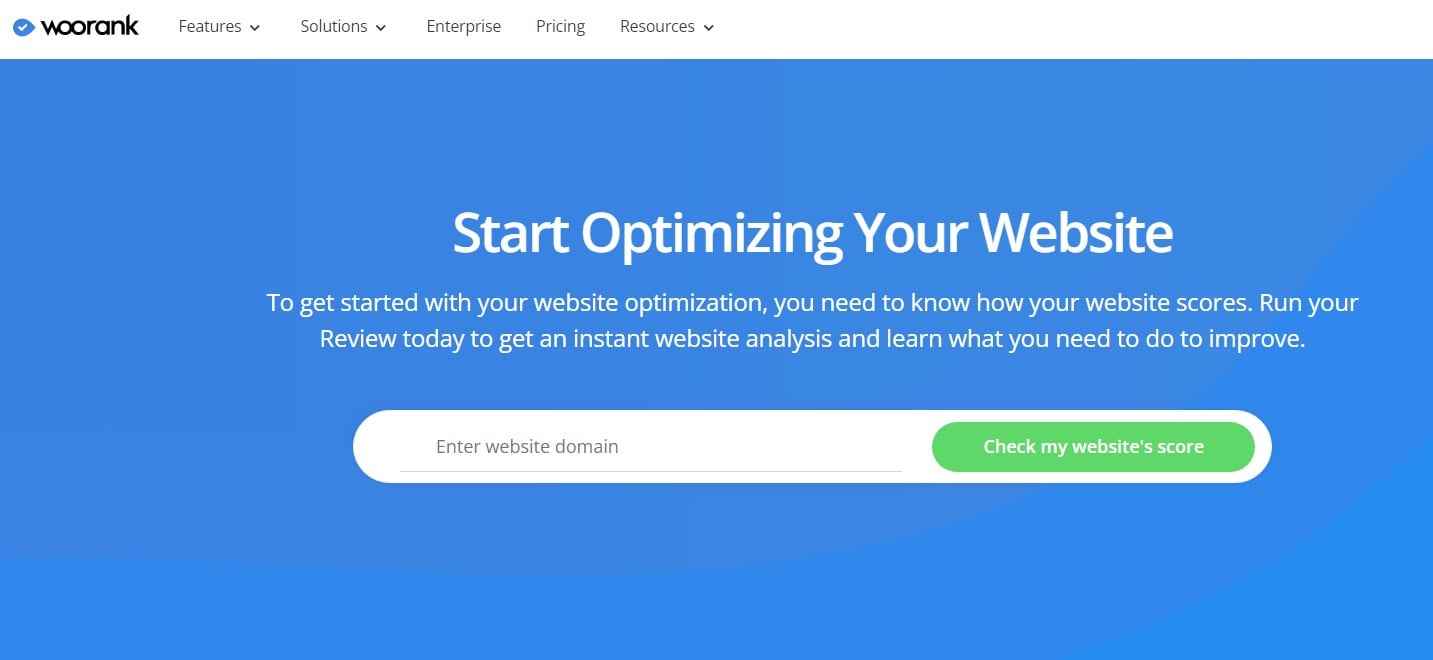
WooRank’s automatic monitoring tool blends several purposes. Apart from website crawling, keyword tracking, and verification of websites, it also provides competition analysis, thereby enabling users to keep an eye on their rivals. Thus, you should pay some attention to this monitoring tool.
The monitoring tool lets you use knowledge and recommendations to keep and improve your website. Furthermore providing white-label PDF reports and a special lead-generating tool for digital marketers is this search engine monitoring tool.
These provide the most critical purposes:
- Competitive analysis
- Keyword determination and tracking
- Technical website analysis
- Website instant analysis
- White label reports
SpyFu
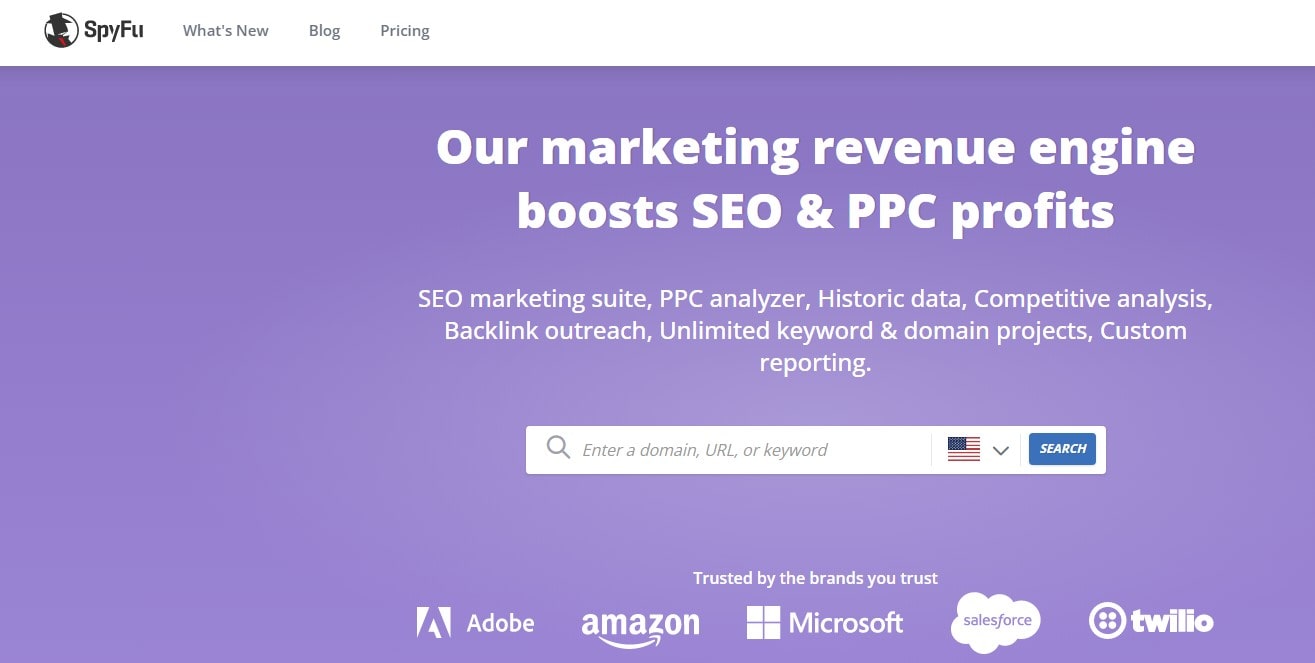
Track ranks, boost online traffic, and outperform rivals—the SpyFu monitoring tool is ideal for this purpose. Long-standing users of this SEO keyword monitoring tool abound among internet entrepreneurs. The application gathers desired data by spying on the rivals. Groups of keywords show are ad campaigns as well. The database boasts more than 7 billion keywords. More you desire, you spend more.
SpyFu provides unlimited PPC and SEO data. These SEO tracking tools help businesses make data-backed marketing decisions. Along with SEO marketing suites, a PPC analyzer, historical data, competitive analysis, backlink reach, keyword and domain projects, and bespoke reports, the platform also provides SpyFu provides competitive analysis, backlink builders, keyword research rank tracking, SERP studies, and domain comparisons for this use. SpyFu offers many strategies. The monthly fee starts at $49.
SE Ranking

Like Ahrefs or Semrush, SE Ranking SEO monitoring application is browser-based software. You may do keyword research, competitive analysis, and SEO audit with the SE Ranking tool. It’s a full-featured SEO monitoring tool online ideal for marketers and content creators. Furthermore included in the cheap program are tools for keyword tracking and backlink research. This SEO software for ranking tracking offers enterprise-grade functionality at a budget.
Content marketers and bloggers, small businesses, independent contractors, and those providing SEO services for clients will find the tool appropriate.
The program provides all the necessary tools for search engine optimization, including all significant ones:
- Keyword research
- Keyword tracking (position tracking)
- Competitor research (competitive analysis)
- Backlink check
- SEO audit (website review)
- Content Marketing instrument (optional)
- Reporting
This SEO tracking tool deserves your attention as you can see. It can assist you do many other chores and keep an eye on SEO results. SE Ranking is widely recognized among the best SEO rank tracking solutions available.
Final Remarks Regarding Tools for SEO Monitoring
Using the correct tools helps you to negotiate the digital terrain like sailing without a compass. This is exactly why the 12 top SEO monitoring tools have evolved into the compass for digital marketers in many different niches—from vibrant e-commerce sites to smart blogs. These instruments guarantee that every action made is measured, tracked, and maximized for best performance in addition to lighting the road to improved vision. SEO monitor tools offer precise data that fuels smarter digital decisions.
Important insights include:
- The importance of SEO metric tools in evaluating the state of your website;
- How can they keep you informed about possibilities and instantaneous changes?
- The part SEO measuring tools play in honing and defining tactics that lead to top performance in the ranking race
Under the direction of a smart marketer, these SEO tools transform from simple tools to success architects creating plans that drive websites to the top of search results. Every tool—from clever alerts to competitor monitoring to keyword tracking—offers a different vantage point not just to participate but also to dominate in the SEO space. The toolkit of SEO monitoring tools changes with the development of the digital environment, so guaranteeing that your approach stays not only current but also revolutionary. Keyword monitoring tools are especially critical for staying aligned with shifting search intent.
